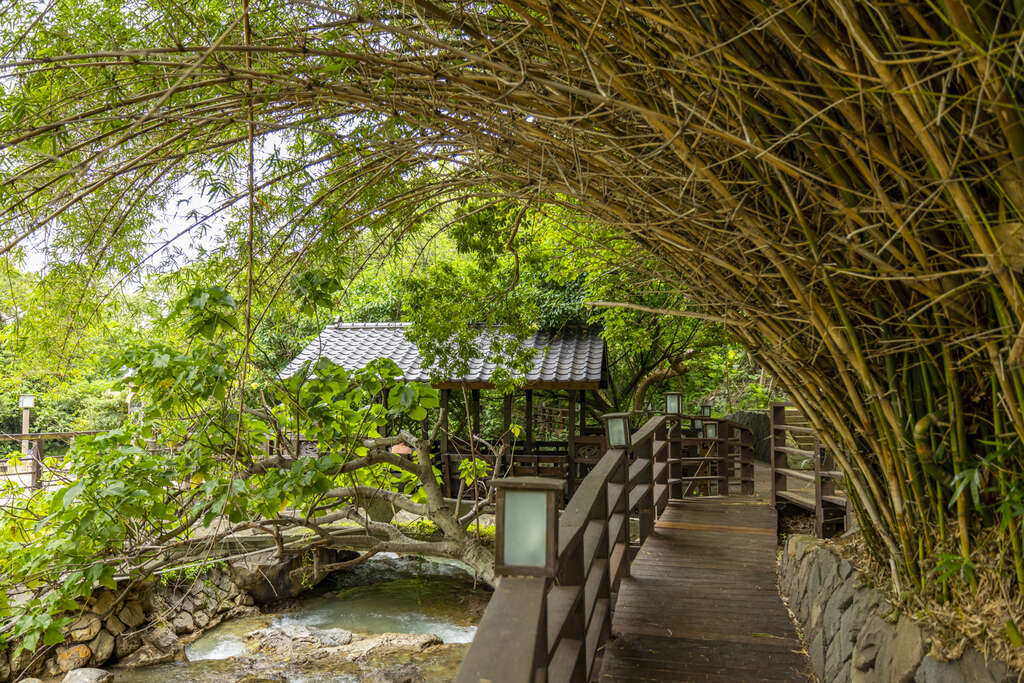Beitou Hot Spring Area Introduction
Beitou Hot Springs have been renowned since the Japanese colonial period, and Japanese visitors who enjoy hot springs naturally would not miss them. The names of the hot springs, such as Tangyue Hot Spring, Xingyue Hot Spring, and Tieniu Hot Spring, were given by the Japanese according to the characteristics and therapeutic effects of the springs, which are said to be beneficial for skin diseases, allergies, asthma, and rheumatism. Therefore, it has become one of the most famous hot spring destinations in northern Taiwan. The source of the Xinbeitou Hot Springs is the Dahuangzui Hot Spring, which is classified as a sulfate spring with a pH value of about 3 to 4. The water is yellowish-white and translucent, with a temperature ranging from 50 to 90°C, carrying a slight sulfur smell. Currently, most of Beitou's hot spring hotels, inns, and resorts are concentrated along Zhongshan Road and Guangming Road, as well as near Beitou Park and Hell Valley, each featuring its own unique characteristics. They offer a variety of hot spring therapies and recreational facilities for visitors to relax and rejuvenate. Nearby attractions are also well worth visiting, such as the three treasures of Beitou Hot Springs: Yinsong Pavilion, Xingyue Hot Spring, Tieniu Hot Spring, and the Tengu-an Historic Park, which records Taiwan's first hot spring inn, all of which have profound historical backgrounds. Additionally, Beitou Park, Beitou Hot Springs Museum, Beitou Cultural Museum, and Hell Valley are must-visit spots for tourists. Coming to Beitou is not only an opportunity to let the hot springs wash away physical and mental fatigue but also a chance to gain an in-depth understanding of Beitou Hot Springs' rich cultural history.



































